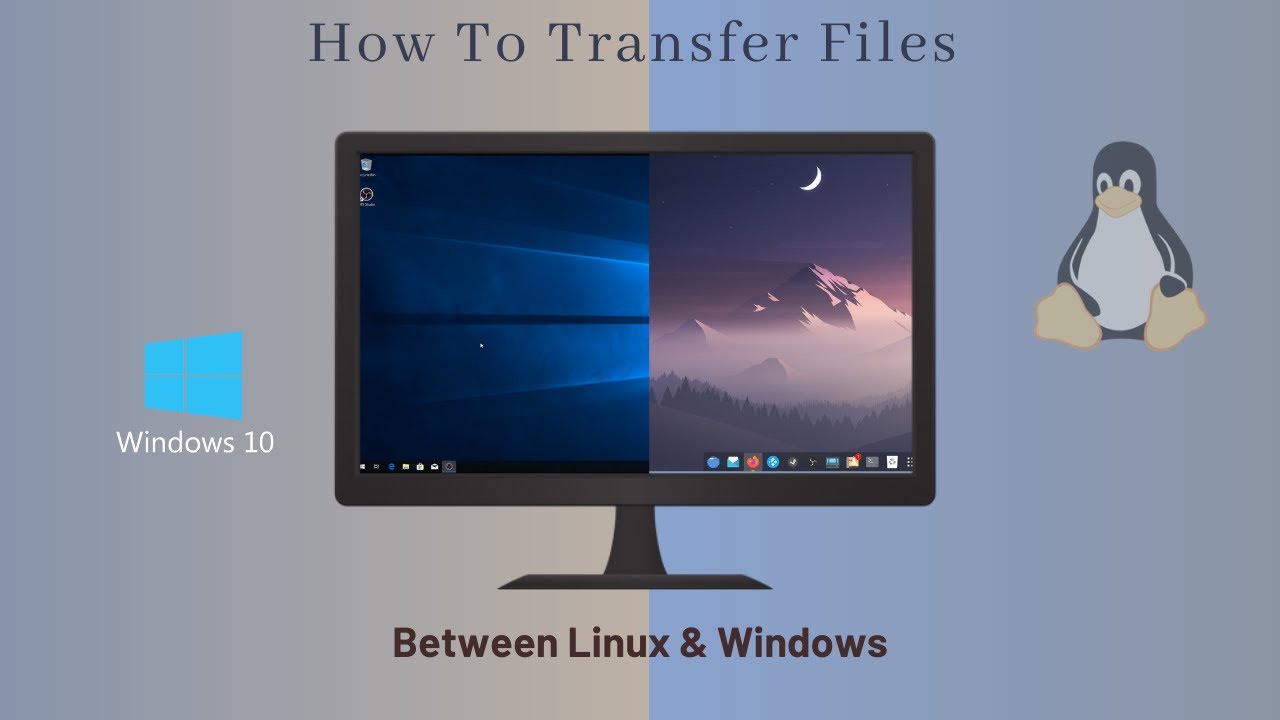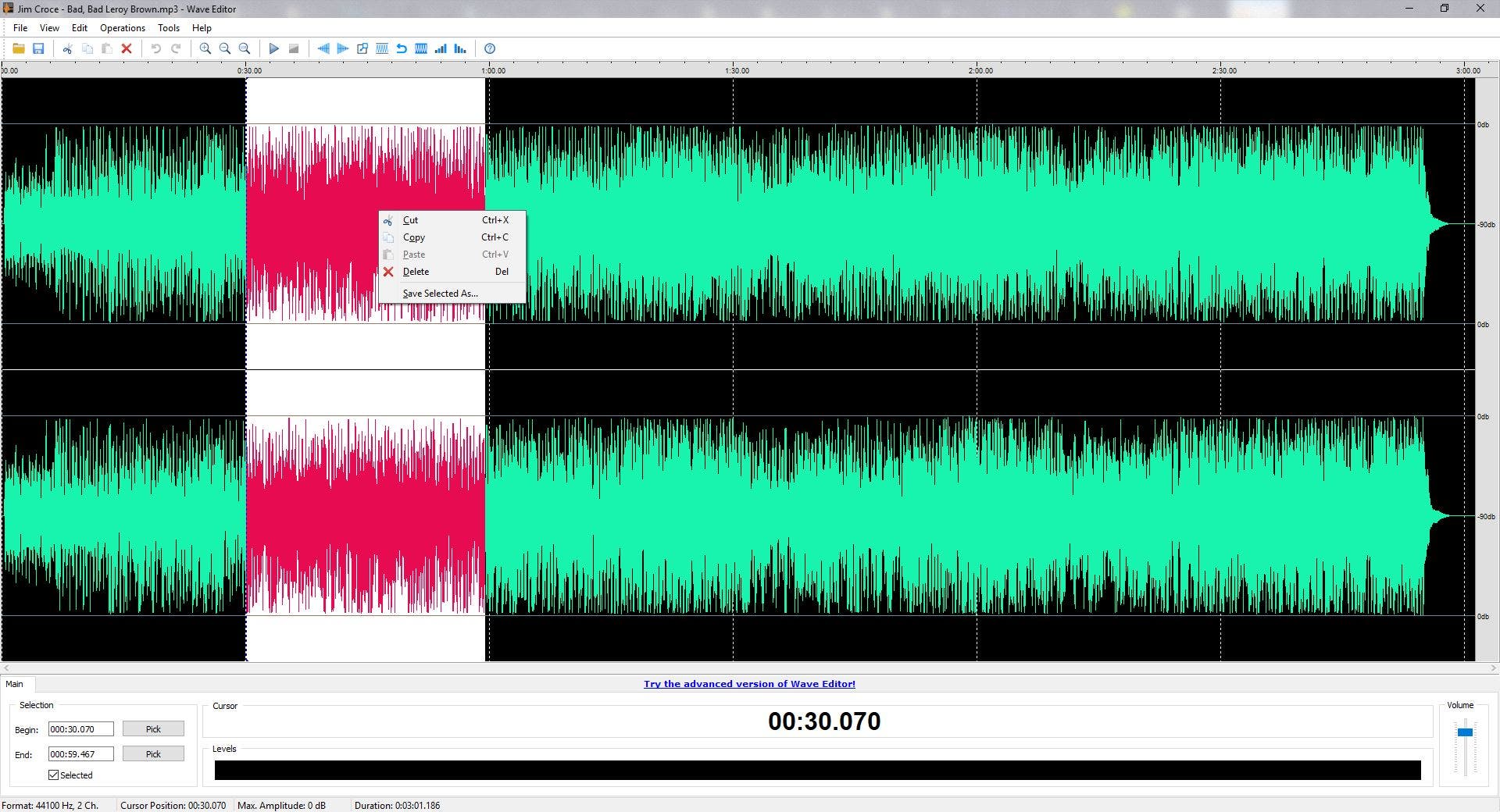In today’s interconnected world, it’s common to find individuals and businesses using both Linux and Windows operating systems. Whether you’re a developer testing applications on different platforms, migrating from Windows to Linux, or simply need to back up data from a Windows machine to a Linux server, transferring files between these two systems is essential. In this comprehensive guide, we’ll explore various methods to transfer files from Linux to Windows, providing you with the knowledge and tools to seamlessly share data between these operating systems.
1. Transfer Files via SSH
Secure File Transfer Protocol (SFTP) and Secure Copy (SCP) are two secure methods to transfer files between Windows and Linux systems. Both protocols rely on the Secure Shell (SSH) protocol for secure authentication and data transfer. To begin, you’ll need to install an SSH server on either your Windows or Linux machine. In this guide, we’ll focus on transferring files from Linux to Windows.
To install the OpenSSH suite on your Linux machine, use the following command:
$ sudo apt install openssh-server
Once installed, you can use the SCP client to transfer files from Linux to Windows. PuTTY’s SCP utility, called PSCP, is a popular choice for Windows users. After installing PuTTY, you can transfer files using the following command format:
pscp <Source_File> <Windows_Username>@<Destination_Address>:<Destination_Directory>
For example, to transfer a file named file.txt from your Linux machine to the C:\Documents directory on your Windows machine, you can use the following command:
$ pscp file.txt windows_user@windows_machine:C:\Documents
By utilizing SCP and SSH, you can securely transfer files between Linux and Windows machines.
2. Transfer Files via SFTP
Transferring files from Linux to Windows using SFTP is another secure option. SFTP, based on the SSH protocol, enables secure file transfers with the convenience of a graphical user interface. To get started, you’ll need an SFTP client on your Windows machine, such as FileZilla.
After installing FileZilla, follow these steps to transfer files from Linux to Windows:
- Launch FileZilla and open the Site Manager.
- Create a new site and set the protocol to SFTP.
- Enter the Linux machine’s hostname or IP address in the Host field.
- Specify the Linux username and password for authentication.
- Set the Logon Type to Normal and click Connect.
Once connected, you can easily navigate to files on your Linux machine and transfer them to your Windows machine by dragging and dropping them in the FileZilla interface. SFTP, like SCP, uses the SSH protocol to ensure secure file transfers.
3. Transfer Files Using VirtualBox
If you’re running Linux and Windows in a virtual machine environment using VirtualBox, you can conveniently transfer files between the host and guest machines. To set up file transfer, follow these steps:
- Access the virtual machine settings in the VirtualBox Manager.
- Navigate to the Shared Folders section.
- Click the Add new shared folder icon.
- Specify the host folder path and set the desired options.
- Ensure the Auto-mount and Make Permanent options are selected.
- Start the virtual machine and navigate to the shared folder in the guest OS.
With shared folders configured, you can easily move files between the host and guest machines by simply copying and pasting them. This method simplifies file transfer in a virtualized environment.
4. Transfer Files Using Remote Desktop Protocol
Remote Desktop Protocol (RDP) provides another option for transferring files between Windows and Linux machines. By installing an RDP server on either system and using an RDP client on the other, you can easily move files. In this guide, we’ll focus on using xrdp, an RDP server for Linux.
To install xrdp on your Linux machine, use the following command:
$ sudo apt install xrdp
Next, configure xrdp to use the Xfce desktop environment:
$ sudo apt install xfce4
$ sudo sed -i.bak ‘/fi/a #xrdp multiple users configuration \n xfce-session \n’ /etc/xrdp/startwm.sh
$ sudo ufw allow 3389/tcp
$ sudo systemctl restart xrdp
Once xrdp is installed and configured, you can use the built-in Windows RDP client to initiate a remote desktop session with your Linux machine. Simply enter the Linux machine’s hostname or IP address, along with your Linux username, to establish the connection. Once connected, you can transfer files between the Windows and Linux machines by copying and pasting them.
5. Transfer Files Using HTTP Server
Another method to transfer files from Linux to Windows is by utilizing an HTTP server. This approach allows you to set up your own HTTP server or use an online service. Let’s explore how to transfer files using a local web server.
To set up a local web server on your Linux machine, you can use Apache, a popular open-source web server. Install Apache using the following command:
$ sudo apt install apache2
Once Apache is installed, place the files you want to transfer in the web server’s document root directory, typically located at /var/www/html. Ensure that the Apache service is running, and you can access the files by navigating to http://localhost or the IP address of your Linux machine from your Windows browser.
From your Windows machine, you can download the files by accessing the Linux machine’s web server. This method is convenient for transferring files over a local network or when setting up a temporary file sharing solution.
Conclusion
In this comprehensive guide, we have explored various methods to transfer files from Linux to Windows. Whether you prefer secure protocols like SCP and SFTP, leveraging virtualization with VirtualBox, using Remote Desktop Protocol, or setting up an HTTP server, each method offers its own advantages. By following the step-by-step instructions provided, you can seamlessly transfer files between Linux and Windows machines, enabling efficient collaboration and data sharing across operating systems.
Experiencing difficulties with your Device, check out our “How To” page on how to resolve some of these issues.






